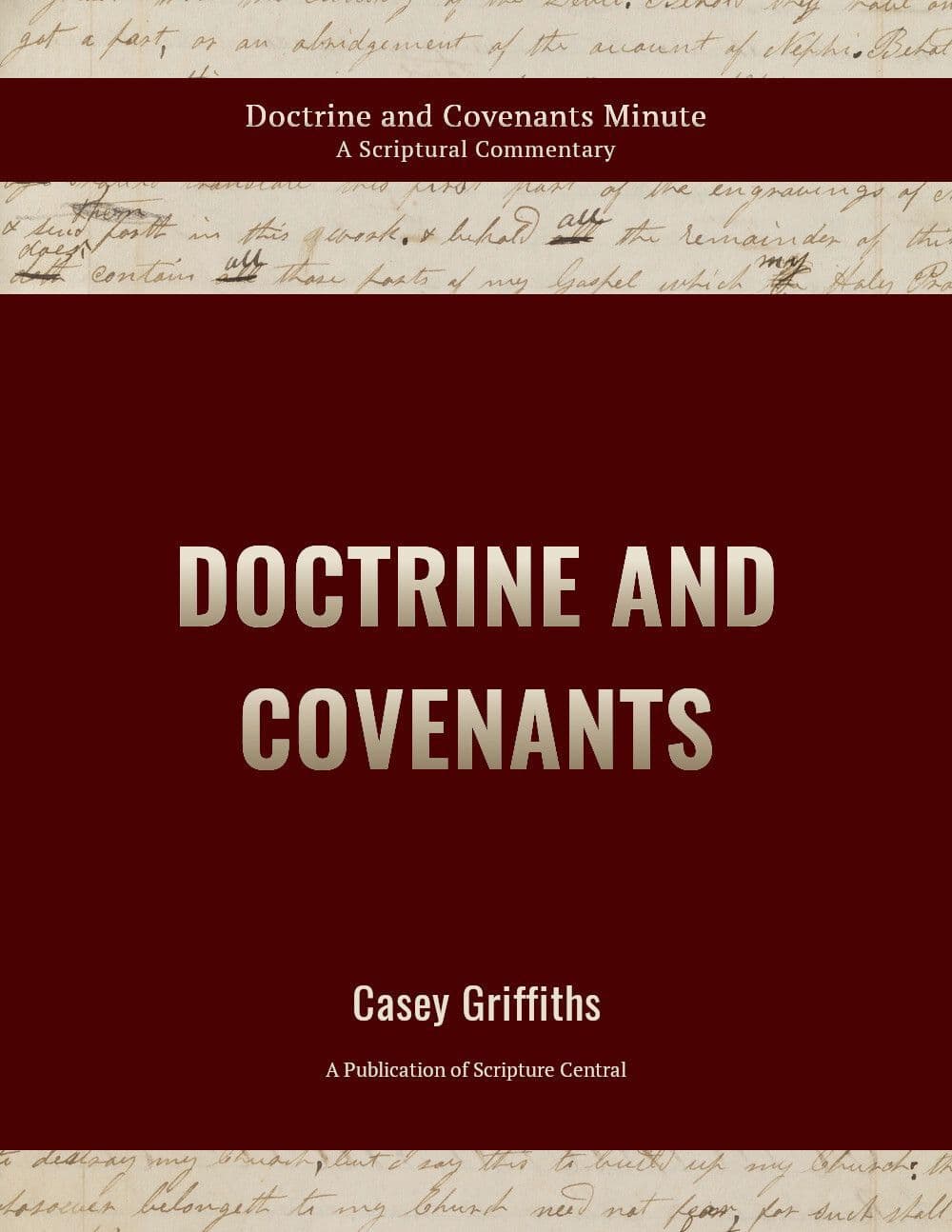Book
144 Chapters

In the aftermath of the Missouri persecutions, Latter-day Saint refugees began settling in Hancock County, Illinois, and also in a number of smaller communities on the other side of the Mississippi River in Iowa. The primary Latter-day Saint settlement in Iowa was named Zarahemla, after the Book of Mormon city. We do not know exactly when Joseph Smith received Doctrine and Covenants 125. It is possible that the revelation came on March 11, 1841, when John Smith, the president of the Iowa stake and Joseph Smith’s uncle, visited the Prophet to seek the will of the Lord concerning where the Saints in Iowa should settle. According to John Smith, the Prophet advised him that the Saints should “move into the city speedily but make large fields without [land] to rais[e] grain.”1 John Smith also recorded “that Joseph said it was the will of the Lord [that] the brethren in general in Ambrosia [Iowa] should move in and about the city Zarahemla with all convenient speed which the Saints are willing to do because it is the word of the Lord. O Lord, help thy people to gather out of Babylon.”2 This meeting may have led to the question shown in section 125 and the Lord’s response. It is also possible that the Saints in Iowa were already moving to gather to Zarahemla before this revelation was received.
William Clayton, one of Joseph Smith’s scribes, privately noted in his diary that one of the purposes of the revelation in section 125 was to bring together the scattered Latter-day Saints in Iowa for the purpose of safety. The fate of Latter-day Saints who had lived in smaller settlements such as Hawn’s Mill in Missouri may have concerned the leaders of the Church. Clayton recorded in his diary, “Brother Joseph[,] when speaking to one of the brethren on this subject [the Iowa settlements,] says you have Hawn’s Mill for a sample. Many of the brethren immediately made preparations for moving in here.”3 In the months following the time Joseph received section 125, Church leaders continued to emphasize the importance of the Iowa Saints gathering to Zarahemla. By August 1841, there were 326 members of the Church living in the Zarahemla branch.4
Doctrine and Covenants 125 was first added to the 1876 edition of the Doctrine and Covenants by Orson Pratt, who acted under the direction of President Brigham Young.5
See “Historical Introduction,” Revelation, circa Early March 1841 [D&C 125].
1 What is the will of the Lord concerning the saints in the Territory of Iowa?
2 Verily, thus saith the Lord, I say unto you, if those who call themselves by my name and are essaying to be my saints, if they will do my will and keep my commandments concerning them, let them gather themselves together unto the places which I shall appoint unto them by my servant Joseph, and build up cities unto my name, that they may be prepared for that which is in store for a time to come.
3 Let them build up a city unto my name upon the land opposite the city of Nauvoo, and let the name of Zarahemla be named upon it.
4 And let all those who come from the east, and the west, and the north, and the south, that have desires to dwell therein, take up their inheritance in the same, as well as in the city of Nashville, or in the city of Nauvoo, and in all the stakes which I have appointed, saith the Lord.
Doctrine and Covenants 125 is a brief but powerful reminder that after the persecutions in Kirtland and Missouri, the doctrine of gathering was changed in nature but not ended. In the aftermath of the expulsion from Missouri and the apostasy in Kirtland, some Saints may have had fears about gathering together again in large numbers. Concentrations of Church members could at times lead to hostility, fear, and antagonism rising from the Saints’ neighbors. However, the Saints needed to gather to create communities and to build temples; thus, gathering was still an essential part of the work of the Lord in this early phase of the Restoration. In section 125, the Lord reminded the Saints in Iowa that their labors entailed not just providing for themselves and their families but also “build[ing] up cities unto my name that they may be prepared for that which is in store for a time to come” (D&C 125:2).
Today Church members are not asked to create physical townships, but the idea of community remains at the heart of the gospel. Even though there are enough Church members to fill many megachurches over and over, the size of wards and branches in the Church are kept relatively small. While it is valuable for the entire Church to gather together from time to time, most of the work of the Church is best carried out in small groups of Saints who know each other personally. The law of consecration and other principles of the gospel require the Saints to gather together to bless and minister to each other.
Book
144 Chapters
Items in the BMC Archive are made publicly available for non-commercial, private use. Inclusion within the BMC Archive does not imply endorsement. Items do not represent the official views of The Church of Jesus Christ of Latter-day Saints or of Book of Mormon Central.